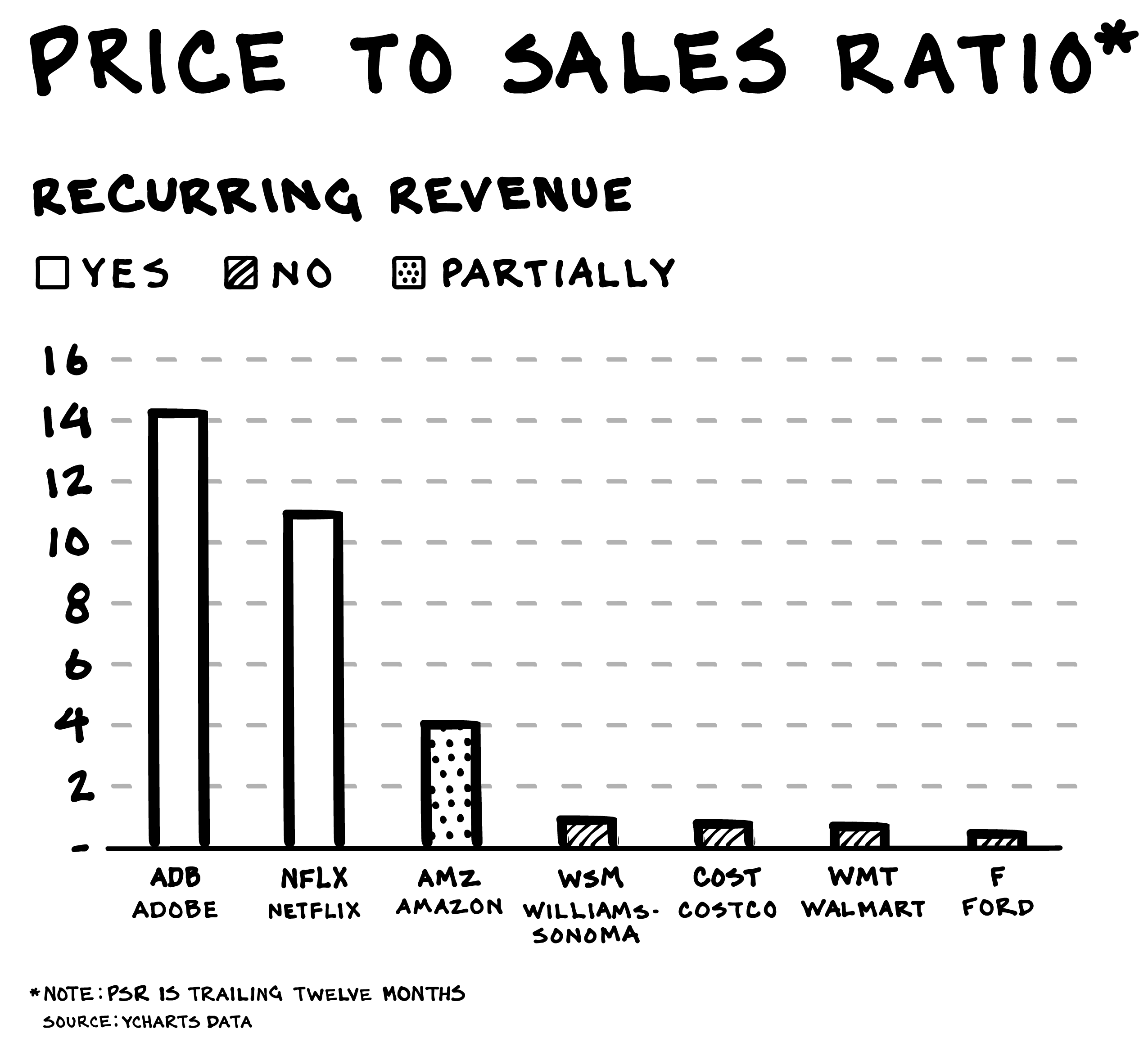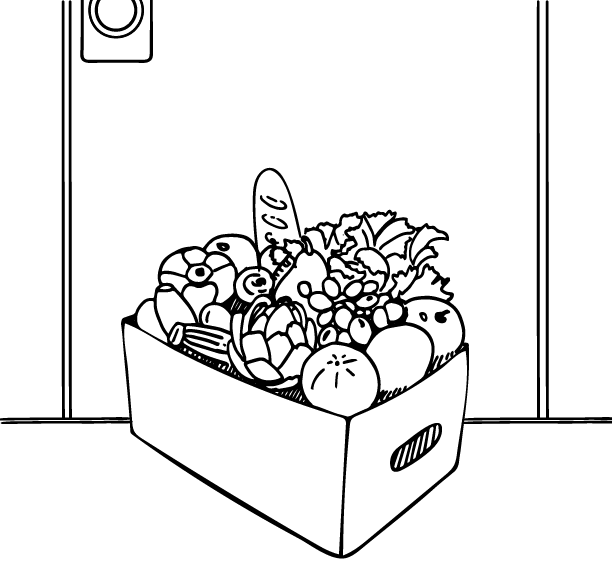
Monogamy & the Mouse
I have a friend in town, a successful hedge fund manager who moved to Cascais, a small town outside Lisbon. He wanted to reset his life — focus more on family and take advantage of Portugal’s tax benefits. He stays with me when in town, which I enjoy, as NYU faculty housing in winter is a bit lonely, depressing even (hold me). Despite being a master of the universe, he has strong maternal instincts and takes care of people around him naturally. Last night I came home, and he announced we were going to Soho House for dinner.
We ran into two friends, one recently engaged and the other recently divorced. We congratulated the younger friend on his upcoming nuptials and then got on with the important work of understanding every detail of being single at our age.
Tindering
What became clear is that, while having its moments, being single is work, a lot of work. The prepping, pruning, preening, planning, Tindering, texting, courting, rejecting, Coachella-ing, gaming, being rejected is exhausting. Being good at being single either means you’re one of the 1% who don’t live in the real world, and everything just sort of comes to you (note: I know a few of these people and hate them), or — like any job — you have to work at it.

Studies show that marriage is advantageous economically. Having a partnership, sharing expenses and responsibilities, being able to focus on your careers, and utilizing the wisdom of crowds (couples) generally lead to better decisions (“No, we’re not buying a boat”). There is a streamlining of decisions, which lets you allocate your attention capital on things that grow in value, instead of decline (your career vs. your attractiveness to others). Once married, your household worth grows at an average 14% a year. Married couples, by their fifties, on average have 3x the assets of their single peers. The key? Taking the whole “till death do us part” thing seriously, as divorce seriously eats into the 3x. From an evolutionary perspective, monogamous relationships improve survival odds for offspring, benefiting our species overall. We’re meant to be serial monogamists, but that’s another post.
Guys at a Bar
Like guys trying to catch the eyes of women at a bar, businesses are trying to catch the eyes of consumers. However, the consumer sector is beginning to feel like a college bar around 1:45, when they turn the lights up and play “Come On Eileen.” The most desirable consumers left the bar/marketplace much earlier, or simply decided they don’t like the bar scene at all.
Just like dating and Tinder, consumers now have a smartphone and apps for everything. They are more promiscuous and are not likely to settle down with you unless they fall in love with you and can’t live without your offering. For example, millions of hours of great content, much of it original, available wherever, whenever you want it … for $7.99/month. Or the ability to get pretty much anything you need delivered for free, within 48 hours (or within the hour on some products in many cities); a library of video, music, and books; Whole Foods delivery for less than Kroger delivery, and unlimited storage of photos for $99/year.
Never a Perfect Time
It can feel as if there’s never a perfect time to get married or have kids. But the markets are telling firms if they don’t put a ring on it, and move to a recurring revenue model, they are going to end up alone living with cats.
It’s scary — what’s required is a massive reallocation and investment of capital to make yourself so irresistible that someone is willing to give up all the others, for a long time. However, what firms fail to appreciate is that even if their revenue and profits take a hit, once the markets realize you’re in a long-term, recurring revenue relationship with the consumer, the markets treat you differently. Similar to auto insurance firms that provide discounts to married people, the markets value recurring revenue firms at a multiple of revenues vs. EBITDA.

Media’s Cage Match
Comcast recently topped Fox’s bid for Sky. Disney is acquiring Fox assets, whose bid for Sky was topped by Comcast, who is also considering a bid for the Fox assets. The cage fight of the ages is shaping up, not between Facebook and Google, or iOS and Android, but between Netflix/Amazon and the rest of traditional media. Old media knows that the younger, streaming-media firms are in better shape and faster. So, similar to Rocky in Rocky Balboa, old media has to seriously bulk up.
The force driving the consolidation in media is recurring revenue. Netflix and Amazon’s recurring revenue model affords them the cheap capital to provide superior offerings, as the market values their $1 in revenue at $5, vs. old media at $2, giving them an unfair advantage. In addition, media is a great way to create intensity and loyalty across a relationship, so you can sell more paper towels. The result is an e-commerce company (one guess) spending $5B on original content this year, despite content not being their core business.
I believe the majority of shareholder gains over the next decade will accrete to firms that take the plunge and make bold investments to string together a bundle of assets and offerings that removes friction and convinces the consumer to move in with you.
Just as wars are won with logistics and brute force, this battle will be won with cheap capital. Specifically, who has access to the most cheap capital. The cultures of creativity and understanding of how to manage talent give old media a 3–5 year stay of execution, but they better figure out fat/skinny OTP bundles fast. It will require bulk, agility, and real leadership, as there are just a handful of people who can likely pull this off — Bewkes, Iger, Roberts.
The move would need to be truly gangster and involve exiting the ad-supported ecosystem, and the subsequent revenue hit, and building an offering that rivals Netflix and Prime. “Disneyflix” could be … awesome. Think of the bundles of joy that ESPN-Pixar-Disney Animation-Marvel-Lucasfilm-ABC could offer. In addition, D-Flix members get access to parks and cruises during members-only periods. Oh, and you get to screen the latest Star Wars at home, in HD, a week before it’s in theaters.
Who could deliver a kick to the nuts of Amazon and Netflix? The Mouse.

In addition to bold allocation of capital, firms need to begin reimagining their businesses. Value is as much a function of removing (friction) as adding (features). Where this could/should go:
Apparel: Going to the store, looking at prices, evaluating the price, speculating if an item will go on sale, trying it on, asking the sales associate how it looks, taking the stuff home … exhausting. I pretty much wear just one brand now, John Varvatos. I’m committed to them, but I’m not getting the benefits of a long-term relationship. They should charge me $500/month, get to know me, and every 60 days send someone over with bags of stuff and a tailor, and outfit me for the season … each time learning more about me, my changing shape (ughh…), and tastes.
The reduction in real estate, sales associates, and effort around pricing reduces costs substantially. Efforts are reallocated into understanding and servicing the client better. Just as Netflix knows what program to auto-start for me, John Varvatos will know what pants to bring next time. They aren’t in the business of retailing, but making me feel better about myself with less friction and effort. In exchange, I offer a dowery of $500/month and loyalty. This results in more predictable cash flows and less waste, as they can better plan inventory — and a chance to exit the downward spiral that is fast fashion, as I don’t need the latest thing for $9.99.
Grocery: Track what a family eats daily for 90 days, and then begin delivering the groceries you believe they want, and let them manicure with Alexa, Siri, Cortana, or Google Assistant. Prepack the kids’ lunches, adjust the diets based on nutritional or weight goals (reading labels, understanding what’s good for you is … work). Help families discover long-tail brands, pace delivery so there is less waste and no stockouts. Again, once we come to an agreement, in exchange for my loyalty, the grocer will need fewer people and retail space.
Auto: I don’t want a GL550 (car I have), but a relationship with Mercedes, who will push me three photos of cars they think I’d enjoy. I click on one, and that night German gnomes take my GL and replace it. Summer I want a convertible/roadster. By fall I realize how stupid convertibles are, and I go back to the truck. Wash, rinse, repeat. (Note: Mercedes and BMW are piloting subscription programs in Nashville.) Every time a driver switches a model, she becomes suggestible to switching brands, and manufacturers begin hemorrhaging money on promotions. Exit the downward spiral. Mercedes, Toyota, VW, and GM all have enough models so the brand can be an attractive mate.
Why Stop There?
Right now, there’s an opportunity for a major retailer to offer people their apparel, grocery, electronics, beauty, pharmacy, furniture, and home goods. You fill out a profile, and for $100–$1,000/month, that retailer becomes your consumer mate. Like most, if not all, relationships, the beginning would be awkward, but with a mix of organic and artificial intelligence we’d get to know one another. To get to spend the rest of the consumer’s lifetime with them, the retailer would have to offer an incredible deal. And they could, as their costs would go down, and the revenue from these relationships would garner a dramatically greater multiple from the marketplace. Some people enjoy shopping — most do not. Just as limiting your kids to only watching Netflix saves them over 6 days a year of commercials, removing the friction that is shopping could give the consumer back 4–6 hours a week.
The only retailers who could pull this off are Amazon and Walmart, as Target doesn’t have the e-commerce chops to pull this off. I’ve predicted that Amazon will launch Prime Squared to make this a reality. The only company who can join this coming gun fight is Walmart.
The race is on. It’s getting late, and I want to go home. Walmart, take me … I’m yours.
Life is so rich,

1 Comments
Need more Scott in your life?
The Prof G Markets Pod now has a newsletter edition. Sign up here to receive it every Monday. What a thrill.


Awesome perspective, does the Stitch Fix model fit this vision?